Silk Purses from Sows’ Ears
I ask the following of horror fans as humbly as possible: can we please stop pretending bad movies are good and mediocre movies are great? I’m not sure exactly when it started, but it seems almost de rigueur these days to reappraise films that flopped upon their initial release (critically, commercially, or both) and to rechristen them as hidden gems or masterpieces.
Now, I am not saying that I am opposed, on principle, to giving films a second chance; there are films that have deserved and gotten such reconsideration and, no doubt, there are films still out there waiting for the recognition they deserve. There are times when critics and/or audiences, for whatever reason, just get it wrong. For example, I would say many critics “got it wrong” when it came to Psycho in 1960; I would also say that many critics and filmgoers missed the mark on John Carpenter’s The Thing in 1982. However, not every film that was dismissed or widely panned when it came out was a case of pearls before swine. Sometimes, films that were overlooked, dismissed, or harshly criticized actually deserved it because they, in fact, sucked out loud (if I’m not mistaken, I believe this was Pauline Kael’s preferred phrasing).
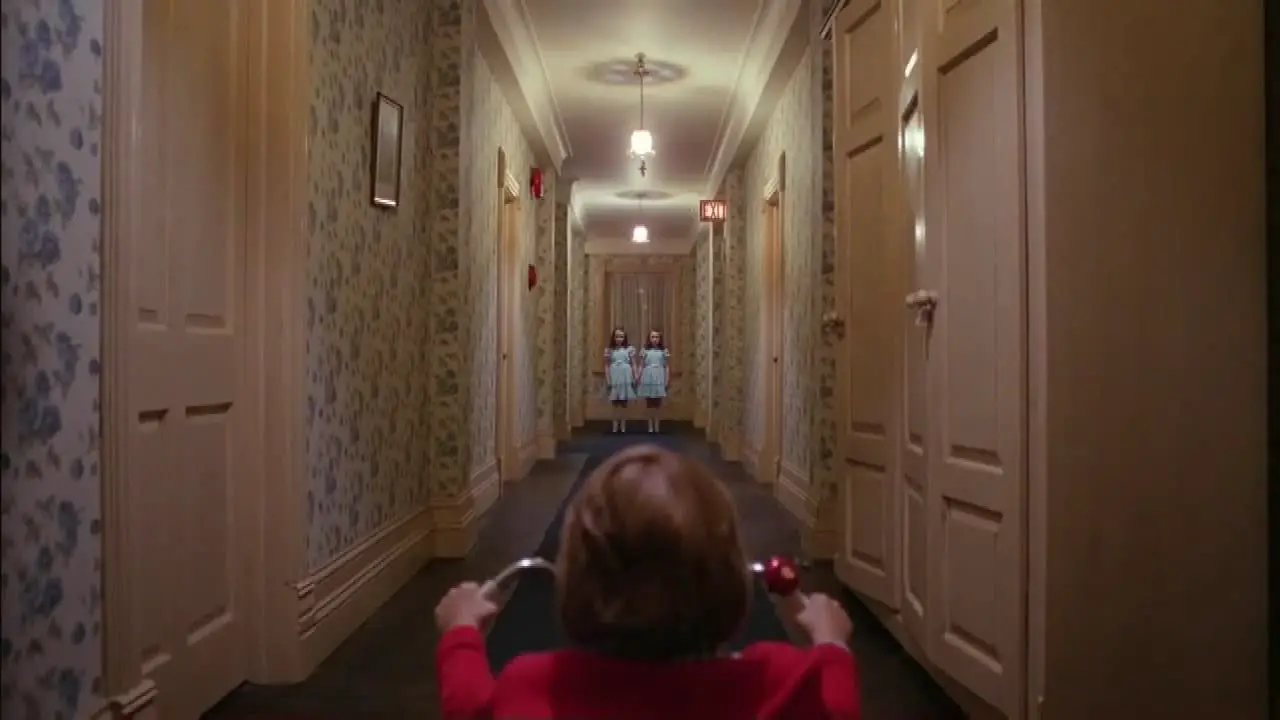
“Pfft, I Liked Halloween III: Season of the Witch BEFORE It Was Popular”
While I am not saying that only hipsters are guilty of this kind of errant revisionism, there is something very hipsterish about it. In some cases, I suspect that people may be ironically praising something that they don’t actually think is very good because #ironyLOLZ. More often, though, I think that it has more to do with being willfully contrary in order to appear unique and “in the know”. This seems to involve the belief that liking—or at least professing to like—something that has been largely dismissed and derided by others’ positions one as more authentic and edgy. And, in this case, the more effusive and hyperbolic the praise and the less deserving the film, the better; the more one’s praise flies in the face of convention, the better to separate oneself from all that is pedestrian and mainstream. Some of the most notable reappraisals that have occurred in recent years include Halloween III: Season of the Witch, A Nightmare on Elm St. 2: Freddy’s Revenge, and Friday the 13th Part V: A New Beginning.
In the case of one of these films, I might concede that it is not as bad as it was long made out to be. I do think that Halloween III came in for a lot of undue backlash due to the fact that fans were expecting Michael Myers and got Tom Atkins and the Robot People instead. However, it feels like the counter-backlash has now swung too far in the other direction. I have heard people say that Halloween III is almost as good, as good, even better than the original. Now, I fully understand that art is subjective; however, I am also comfortable saying that Halloween III is decidedly none of those things. My own opinion of the film is that it is…just okay. I think some of its ideas are interesting (a plot to kill millions of children on Halloween to return to the true origins of the holiday), but I also think some of the ideas are pretty stupid (said plot involving placing small pieces of stones stolen from Stonehenge into children’s Halloween masks).
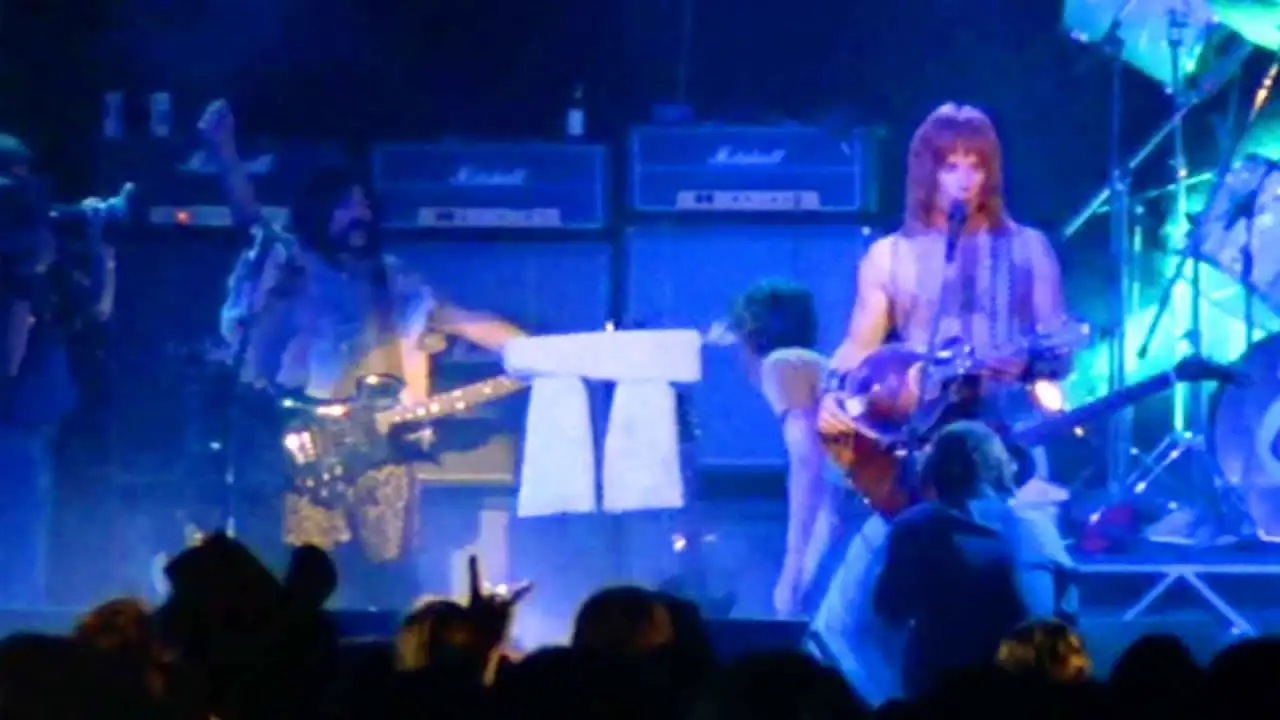
In terms of how the film executes its ideas? It’s a pretty mixed bag (though, I would say, if it were a bag of Halloween candy, there would be a lot of candy corn in that sucker). Some elements inarguably work, like the score by John Carpenter and Alan Howarth. Others not so much, though, like the mostly dodgy android effects. On the whole, though, it is not the utter piece of shit it was long reputed to be. It’s a fine, fairly cheesy, early ’80s horror flick that riffs pretty hard on Invasion of the Body Snatchers. But I wouldn’t call it a hidden gem, and I certainly wouldn’t call it a masterpiece. Calling that other John Carpenter joint from the same year, The Thing, a masterpiece? Sure, absolutely. But Halloween III? Come on. (And, yes, I know Carpenter didn’t direct Halloween III, but he was involved in the production and it was his idea to turn the franchise into an anthology series.)
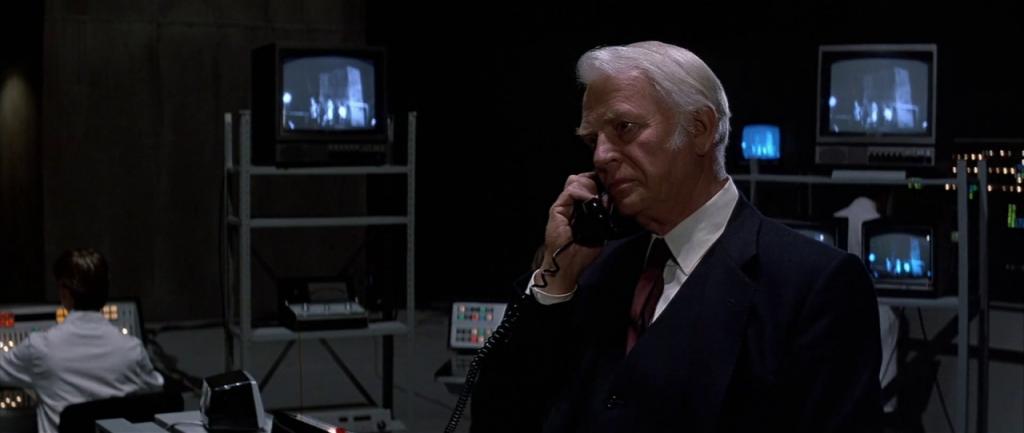
As for the other two films, maybe they aren’t as bad as the decades of consistent derision (and that’s from fans of the respective series) would lead you to believe; but, make no mistake, they are bad.
A Nightmare on Elm St. 2: A Fabulously Bad Movie
A Nightmare on Elm St. 2: Freddy’s Revenge was, in every sense, a total rush job by the studio to cash in on the success of the original and it very much shows. Perhaps the single biggest indicator of the film’s slipshod approach is the fact that it essentially abandons the defining conceit of the original film, which is that Freddy kills you in your dreams. In this film, he is now inexplicably trying to inhabit the body of a teen in the waking world; in fact, he succeeds in doing so, bursting out of Jesse’s body and then wreaking havoc (mostly in the form of overcooking hot dogs and exploding beer cans) at a pool party (again, not in a dream).
All of this constituted a fundamental change to the Freddy mythos and not a change for the better; by not just bringing Freddy out of the realm of dreams but having that be his goal, the film disregards what made the character uniquely effective in the first film. And that alone makes Freddy’s Revenge a bad sequel and a bad film. In recent years, of course, it has garnered increased attention, much of it due to its becoming known as “the gay Nightmare” due to the sheer amount of surprisingly on-the-nose gay elements featured in the film. Watching the film now, it’s hard to argue with this assessment. However, while all of this does contribute to the film’s curiosity factor (in the sense of “What exactly were they going for here?”), it doesn’t make it a good movie.
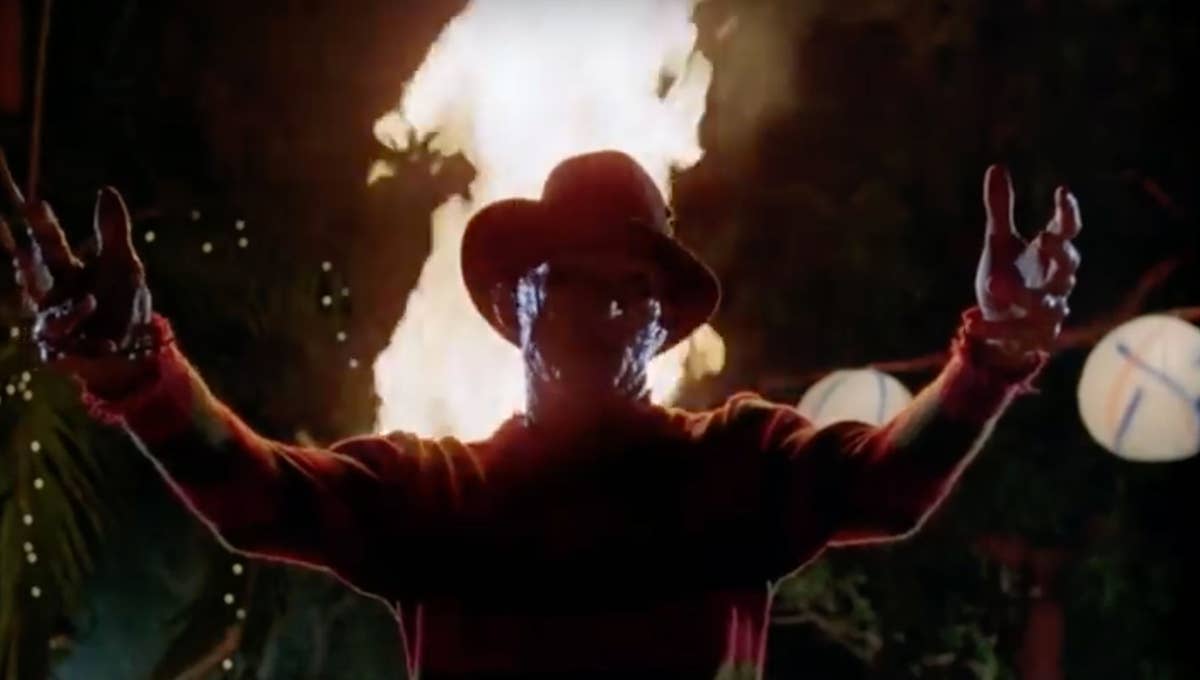
Friday the 13th Part V: Whodunnit? Who Cares?
With regard to Friday the 13th Part V: A New Beginning, we have a series trying to reinvent itself. Although, in this case, and in true Friday the 13th fashion, reinvention meant essentially going back to what the first film did. After three sequels in which there is no question of who the killer is, this film attempts to revive the mystery element from the original. Now, while I am not much of a fan of the original and have specifically criticized, among other things, the “mystery” element of that film, I will say that compared to A New Beginning, it’s genius. Part V is a clear case of what happens when a series not known for its smarts tries to be smart.
Ironically, this film is simultaneously the most intentionally sleazy and crass entry in the series. And that is a big part of the problem. It seems that Part V wants to be both a semi-classy whodunnit murder mystery with a psychological element and a trashy slasher flick replete with gratuitous nudity and an absurd number of kills. By ramping up these elements to previously unseen levels, the film plays—quite unintentionally, I believe—almost like a parody of the series to that point, and of the slasher subgenre in general. While much of the backlash against the film at the time of its release was centered on the fact that Jason is not the killer, that is far from the biggest problem with this film.
The idea to have Jason not be the killer wasn’t necessarily a bad idea; in theory, it might have even worked. But the film’s over the top approach and grating tone ensured that any germ of a good idea would be buried several feet deep in a pile of crap. The mistake that most reappraisals of this film make is framing the negative response to it as being solely about its lack of a proper Jason and not about its myriad other flaws. For years, this was considered by many the worst entry in the series, but its stock has slowly risen to the point that some even have it in the upper echelon of Friday the 13th films.
I will say that I do not think it is the worst entry in the franchise; it is at least better than Jason Goes to Hell (though, to be fair, I don’t really consider anything after the ’80s Paramount run a “true” Friday the 13th movie). It may even be better, or at least no worse than, a couple of other entries. So, it’s conceivable that it might even rise to the level of a mid-tier entry (which, honestly, probably says more about the overall quality of this series than it does about the merits of this film). Now, if you enjoy this entry precisely because it is so gloriously sleazy, I can respect that. But, please, let’s not pretend that this is one of the better entries in the series.
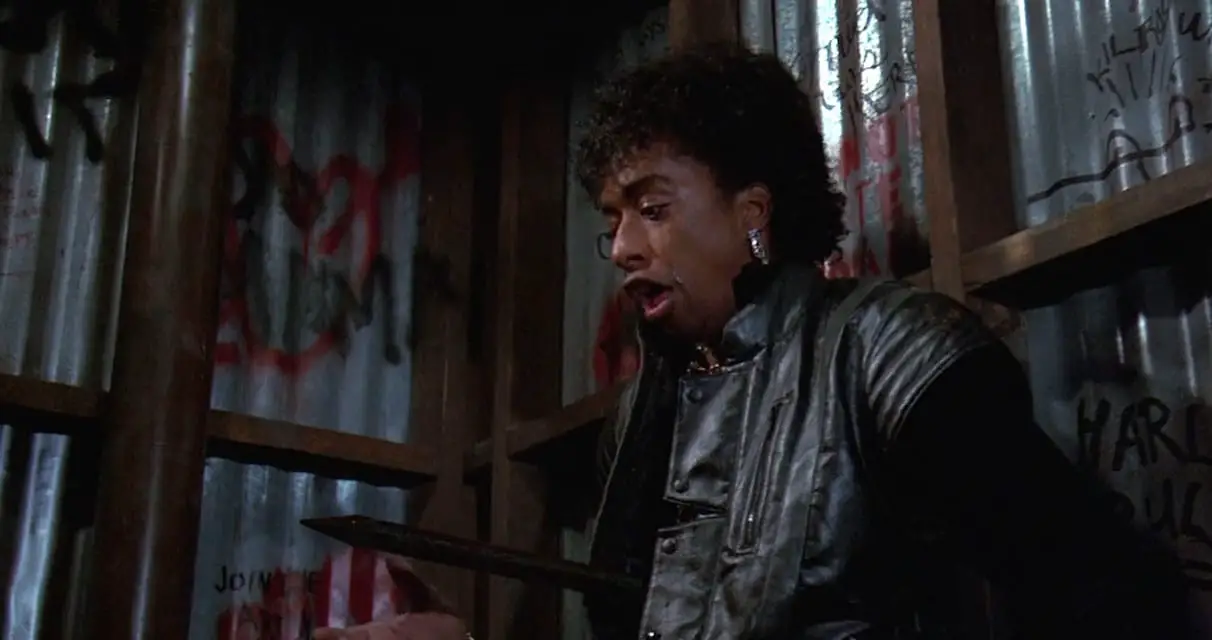
Of course, the extent of this type of dubious critical reappraisal goes far beyond these three films; these are merely prominent examples. Interestingly, and not surprisingly, all three are from the 1980s and all three are entries in well-known, much loved horror franchises (two of which, A Nightmare on Elm St. and Friday the 13th, will always be inextricably linked to the ’80s). All three were also seen as not merely outliers but as the black sheep of their respective series. Well, black sheep, shmack shmeep, my question to you is…
Remember the ’80s? (They’re Baaaaaack!)
Over roughly the past decade, there has been a growing resurgence of enthusiasm for all things ’80s across multiple areas of pop culture; the horror genre and its fans have certainly not been immune to this virulent strain of ’80s fever. Much as, in the 2000s, significant segments of the horror community—filmmakers and fans, alike—had what might best be described as a collective boner for all things ’70s horror (with Rob Zombie’s hard-on leading the way), the past decade has been marked by what appears to be a spontaneous case of mass arousal brought on by even the faintest trace of ’80s-ness (including anything played on a synthesizer and the mere mention of John Carpenter).
But just what fuels this ’80s craze and its Hulkamania-like level of intensity? Two things, it would seem: on the one hand, nostalgia on the part of people around my age (born in 1982), whose lenses have been tinted a vibrant shade of rose by childhood memories; on the other, what I am going to call “notstalgia” on the part of people significantly younger than myself, for whom the rhetorical question “Remember the ’80s?” can sadly only be a reminder of their literal impossibility to remember it on account of not having been born yet.
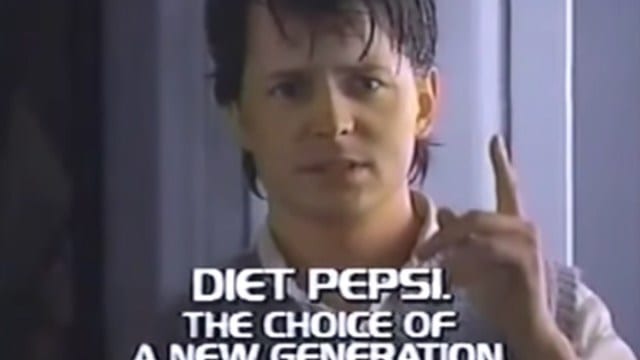
Personally, when it comes to pop cultural memories of the ’80s, mine are strictly those of a young child in the late years of the decade (so mostly cereal, toys, and cartoons). When it comes to the movies, and specifically the horror movies, of the ’80s that are truly great (of which there are many), I largely came to them much the same way I did movies from other decades, not as retro-cool artifacts but simply as movies, watched without preconceptions and judged on their own merits. And the best of ’80s horror—e.g., An American Werewolf in London, The Thing, the original A Nightmare on Elm St, Return of the Living Dead—absolutely stands up to this kind of impartial assessment. They are unironically good and our praise of them need not be qualified or justified.
Now, I am not arguing that those who like the Halloween III’s, A Nightmare on Elm St. 2’s, and Friday the 13th Part V’s of the world do so disingenuously, but I would argue against elevating what are, at best, mediocre films to classic status. Doing so undermines the idea that there is, within horror cinema, any kind of hierarchy or even basic sense of “good” vs “bad” (including the difference between “good” and “so bad, it’s good”). Even in a realm as inherently subjective as film criticism and appreciation, the loss of any semblance of objectivity is a cause for concern. Much is lost if concepts like “classic” and “masterpiece” cease to have any meaning; furthermore, we give credence to the argument that horror films should not—because they cannot—be treated as seriously as other films or artistic works. After all, it’s all the same, right?



